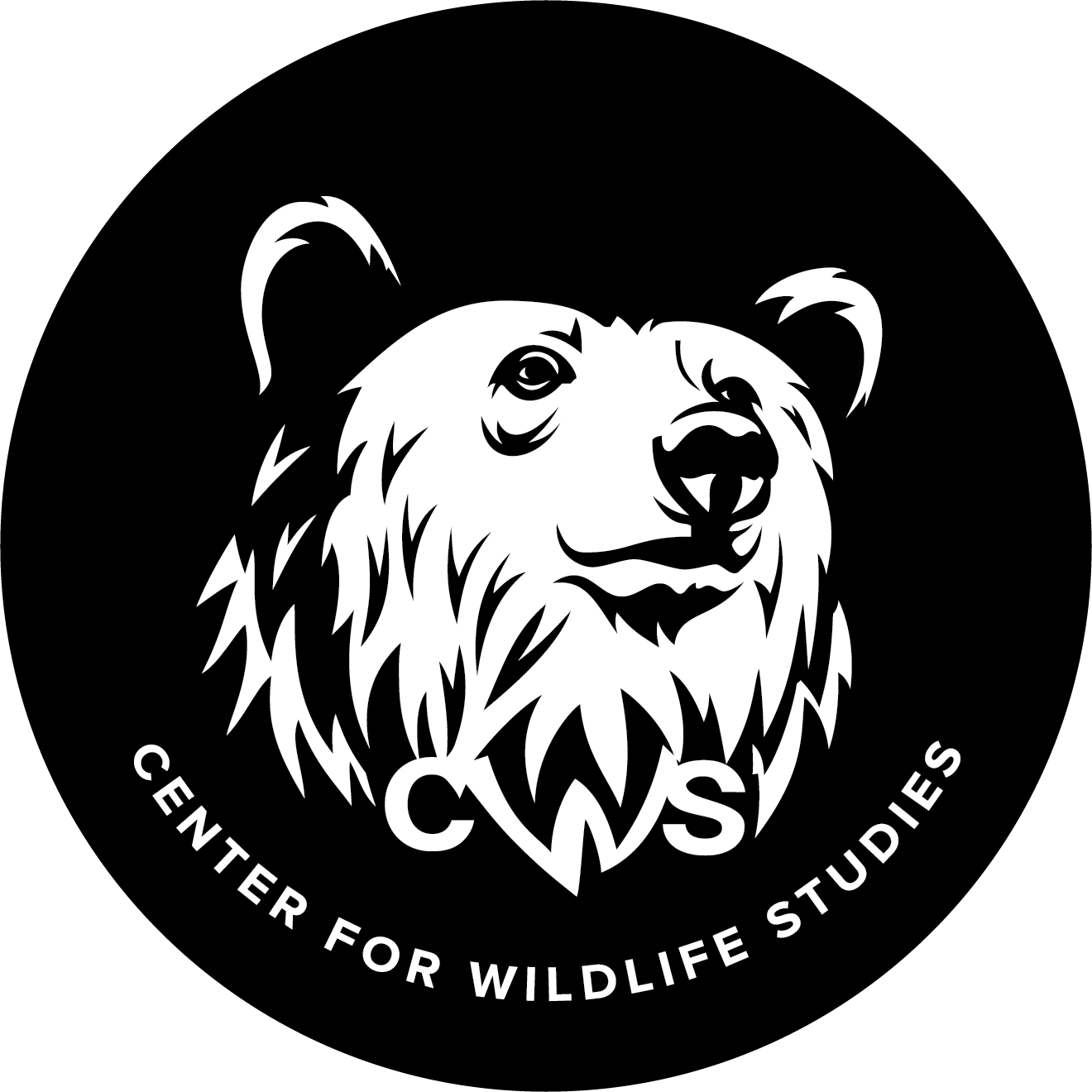Dr. Elsa Anderson
Instructor, Center for Wildlife Studies
PhD: University of Illinois at Chicago, Department of Biological Sciences
MS: DePaul University, Department of Biological Sciences
BS: University of Illinois at Urbana-Champaign, Department of Animal Sciences
Elsa is an urban ecologist who specializes in the social-ecological overlaps of human activities and ecological form and function in cities. She uses a mix of field sampling, GIS, and social-ecological synthesis science to assess distributions and changes in biodiversity patterns in urban areas. Currently, much of Elsa's work is focused on building capacity for environmental groups to improve biodiversity, nature access, and environmental outreach in their communities. She co-generates ecological research and leads workshops with local leaders that help fill community -identified knowledge gaps to advocate for healthy and accessible environments for people and wildlife.
Elsa is currently based at Northwestern University in Evanston, IL, and has a long history of research and teaching in the Chicago region. She is an affiliate scientist and a former postdoctoral researcher at the Chicago Botanic Garden and earned her Master's at DePaul University and her PhD at the University of Illinois at Chicago. After completing her graduate work, Elsa spent 10 months in Berlin, Germany, on a Fulbright fellowship where she examined forest community structure and turnover in areas divided by the Berlin wall in the 20th century. She then completed a postdoctoral fellowship at the Cary Institute for Ecosystem Studies in Millbrook, NY, working with long-term ecological research as part of the Baltimore Ecosystem Study.
-
Urban Ecology
-
Anderson EC, Locke DH, Pickett STA, LaDeau SL. 2023. Just Street Trees? Street trees increase local biodiversity and biomass in wealthier denser neighborhoods. Ecosphere 14(2) https://doi.org/10.1002/ecs2.4389
Suchy A, Anderson EC, Fork ML, Locke DH, Lin L, LaDeau S, Groffman P, Rosi E. 2023. More green, fewer problems: landcover relates to perception of environmental problems. Frontiers in Ecology and the Environment 21(3):124-13https://doi.org/10.1002/fee.2596
Anderson EC, Avolio M, Sonti N, LaDeau SL. 2021. More than green: tree structure and biodiversity patterns differ across canopy change regimes in Baltimore’s urban forest. Urban Forestry & Urban Greening 65 https://doi.org/10.1016/j.ufug.2021.127365
Midgley M, Anderson EC, Minor ES. 2021. Vacant lot plant establishment techniques alters soil ecosystem services. Urban Forestry & Urban Greening 61https://doi.org/10.1016/j.ufug.2021.127096
Anderson EC, Minor ES. 2021. Assessing four methods for establishing native plants on urban vacant land. Ambio 50:695-705. https://doi.org/10.1007/s13280-020-01383-z
Anderson EC, Minor ES. 2020. Management effects on plant community and functional assemblages in Chicago’s vacant lots. Applied Vegetation Science 23(2):266-276. https://doi.org/10.1111/avsc.12480
Egerer MH, Fouch N, Anderson EC, Clark M. 2020. Connectivity of community gardens in socio-biological space in three US cities. Scientific Reports 10:452. https://www.nature.com/articles/s41598-020-61230-9
Anderson EC, MH Egerer, N Fouch, MJ Davidson, and M Clarke. 2019. Comparing community garden typologies of Baltimore, Chicago, and New York City (USA) to understand potential implications for socio-ecological services. Urban Ecosystems. 22(4):671-681. https://doi.org/10.1007/s11252-019-00855-9.
Anderson EC and ES Minor. 2019. Assessing social and biophysical drivers of spontaneous urban plant diversity and structure in vacant lots. Science of the Total Environment 653:1272-1281. https://www.sciencedirect.com/science/article/pii/S0048969718343511
Anderson EC, ES Minor. 2017. Vacant lots: an underexplored resource for ecological and social benefits in cities. Urban Forestry and Urban Greening 21:146—152. https://www.sciencedirect.com/science/article/pii/S161886671530114X


